As innovation drives the narrative in the manufacturing sector, one technology that continues to gather momentum is metal injection molding (MIM). With its ability to efficiently manufacture high-volume, complex metal parts, it’s become a pivotal asset in numerous industries, including the highly demanding automotive sector.
Join us while we dive into the profound impact of MIM in automotive applications, shedding light on why it’s revolutionizing the industry.
What is Metal Injection Molding
At its core, metal injection molding is an advanced metalworking process that fuses the principles of plastic injection molding and powder metallurgy. This unique fusion allows the creation of small, intricate, and high-volume parts that exhibit outstanding mechanical properties.
The MIM process commences with the preparation of a feedstock, a combination of metal powder, and a thermoplastic binder. This feedstock is injected into a mold cavity matching the desired shape, much like its plastic injection molding counterpart. Once the molded “green part” is formed, it undergoes a binder removal stage, followed by sintering. The final product is a dense, robust metal part comparable to wrought materials.
Advantages of Metal Injection Molding in Automotive Applications
In an ever-evolving automotive landscape, MIM has become an essential manufacturing technique, setting new standards for efficiency, flexibility, and innovation.
Let's dive deeper into the specific advantages that MIM brings to the table, propelling the industry forward.
Superior Design Flexibility & Complex Geometries
One of the most compelling advantages of MIM is its design flexibility. Unlike traditional metalworking processes, MIM can produce complex, three-dimensional shapes that are almost impossible to achieve with conventional techniques. This opens up vast possibilities for engineers, allowing for the design and manufacture of intricate components that perfectly meet the unique needs of the automotive industry. Such capabilities contribute to the trend of lightweighting by enabling the production of smaller, lighter components without sacrificing strength or functionality.
Broad Material Options
MIM stands out for its ability to handle a wide array of ferrous and non-ferrous metals. This versatility allows automotive engineers to choose the perfect material for each component, based on specific needs and applications. Be it stainless steel for its strength and corrosion resistance, or lightweight materials like aluminum and titanium alloys to support lightweighting initiatives - the MIM process is versatile and adaptable.
High-Volume Production Efficiency
In the automotive industry, production volumes are typically high. This is where MIM truly shines. Despite the higher initial costs associated with mold design and production, the per-unit production cost decreases significantly when MIM is used for high-volume manufacturing. This is due to the process’s ability to produce parts that require little to no post-processing, thus saving time and resources in the manufacturing chain.
Superior Mechanical Properties
MIM parts exhibit excellent mechanical properties, often comparable to those of wrought materials. The sintering process results in high-density components that are strong, durable, and resistant to wear and tear. This is especially important in the automotive industry, where parts are expected to withstand harsh operating conditions and extended use.
Reducing Assembly Needs
MIM facilitates the production of components as single, integral units rather than multiple assembled parts This helps reduce the need for assembly operations, streamlining production processes and improving the overall efficiency of the manufacturing chain.
Environmentally Friendly
MIM is an environmentally friendly process. The feedstock used in MIM can be recycled, and the process itself results in minimal waste. In an era where sustainability is not just desirable but mandatory, the eco-friendly nature of MIM is a significant advantage.
The Influence of MIM in the Automotive Sector
The unique advantages offered by MIM are driving its adoption across the automotive industry. Here’s how:
-
Engine Components: MIM enables the production of complex, compact components like fuel injectors, turbochargers, and valve components. The process aids in creating intricate designs that contribute to overall vehicle lightweighting without sacrificing strength or functionality.
-
Transmission Systems: Gears, levers, and other precision components for transmission systems can be manufactured efficiently and in high volumes using MIM.
-
Electric Vehicle (EV) Parts: As the EV sector expands, the need for heat-resistant, strong, and lightweight parts increases. MIM, with its capacity to meet these requirements, is proving instrumental for EV applications.
Driving Forward: The Future of Metal Injection Molding in the Automotive Industry
As we navigate toward the future, it’s clear that MIM holds an influential role in the automotive industry. Its ability to create complex, precision parts at a large scale, along with the broad range of material options it offers, makes it an attractive choice for automotive manufacturers.
In order to fully harness the power of MIM, it’s crucial for industry stakeholders to continue expanding their understanding of this technology. As the industry continues to evolve, MIM will undoubtedly continue to be a driving force in automotive manufacturing.
Check out our blog for other metal injection molding resources.
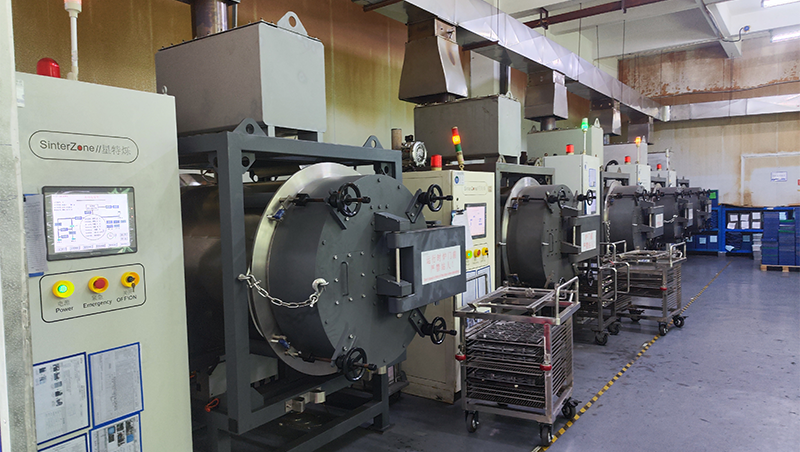
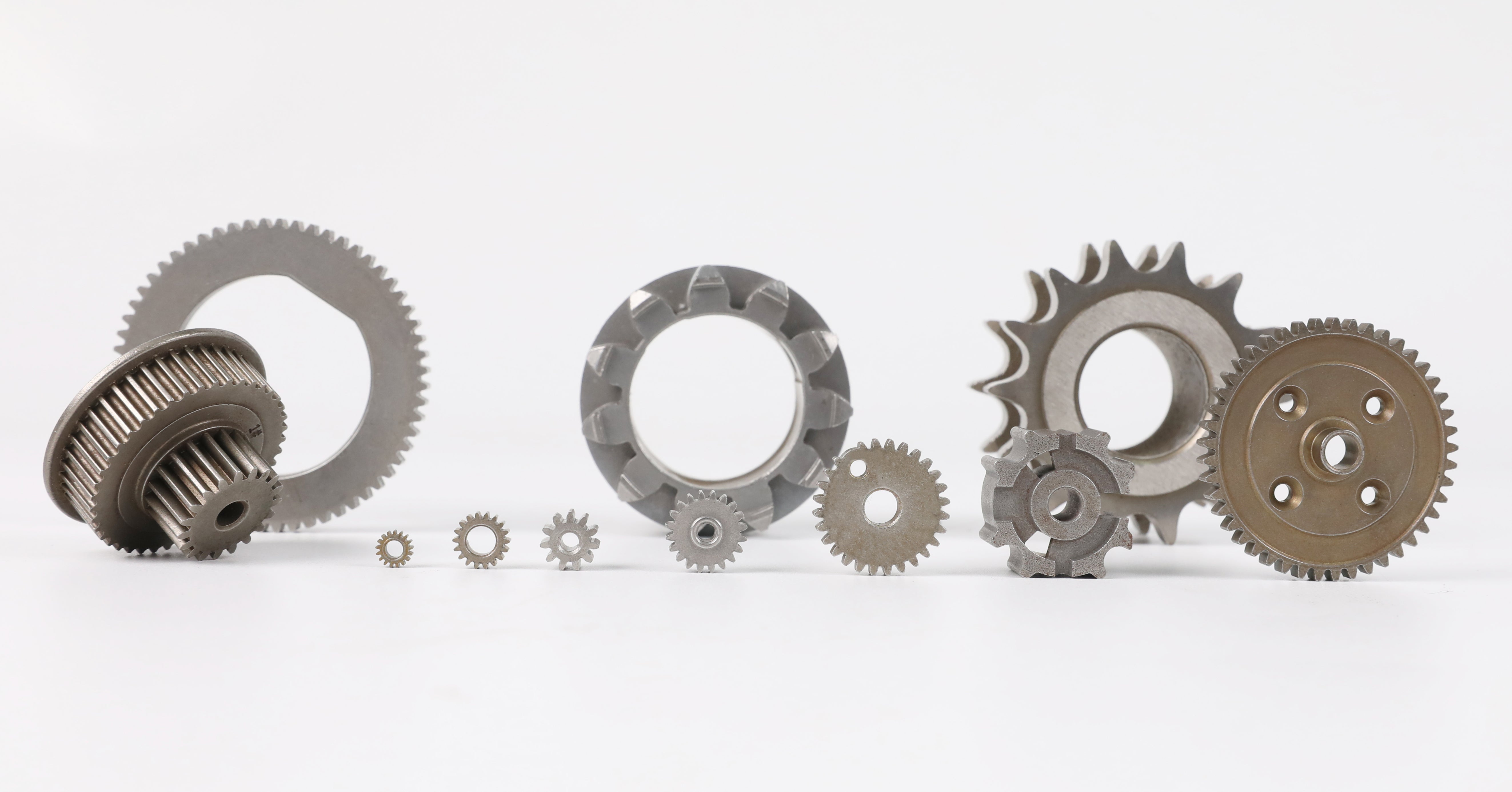




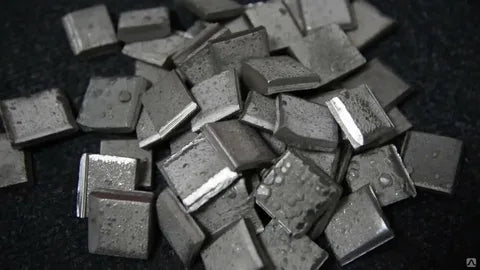
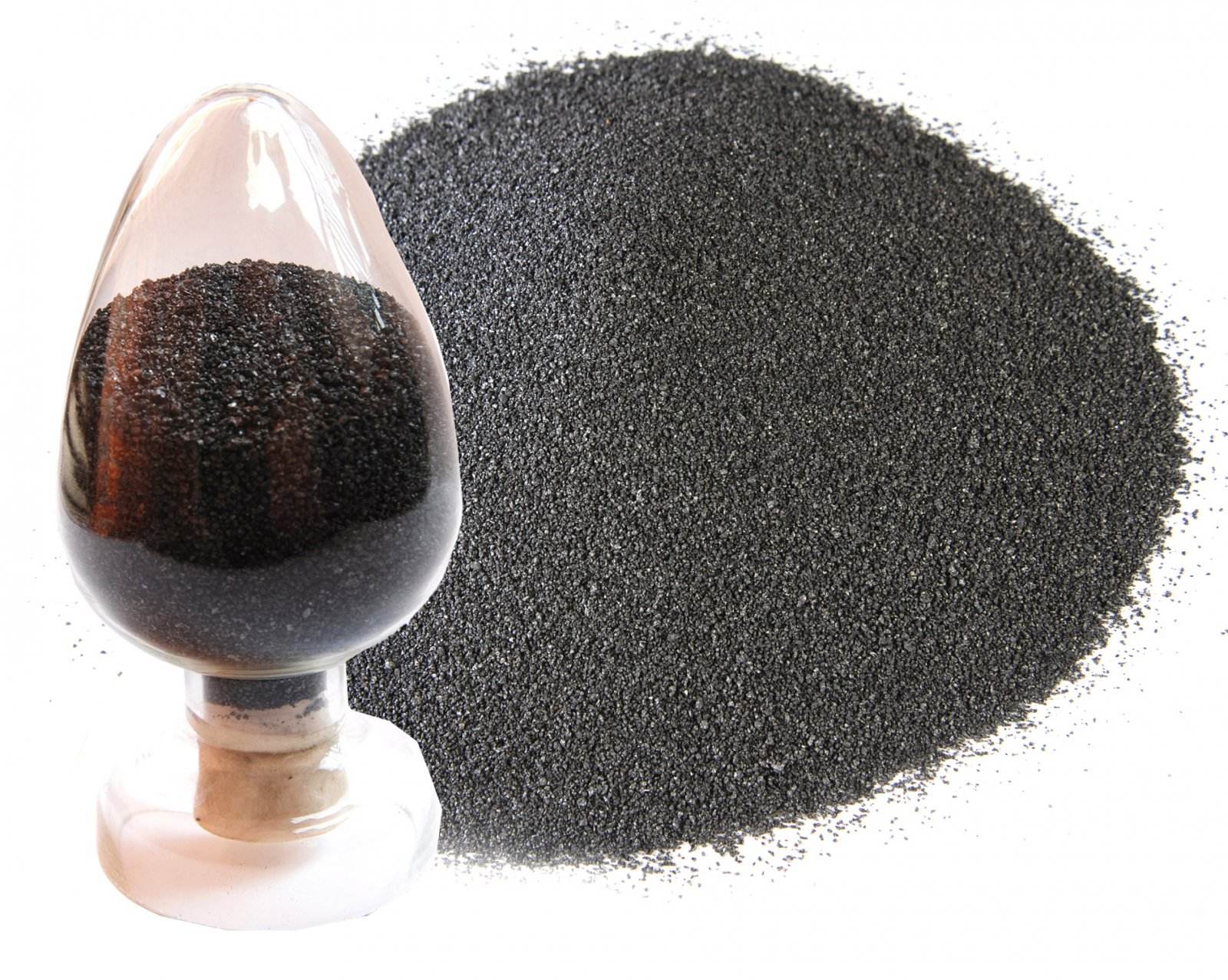

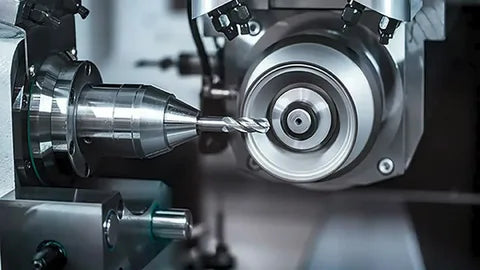



Share:
What Are MIM’s Advantages over Other Processes
Considerations in Metal Injection Molding Manufacturing